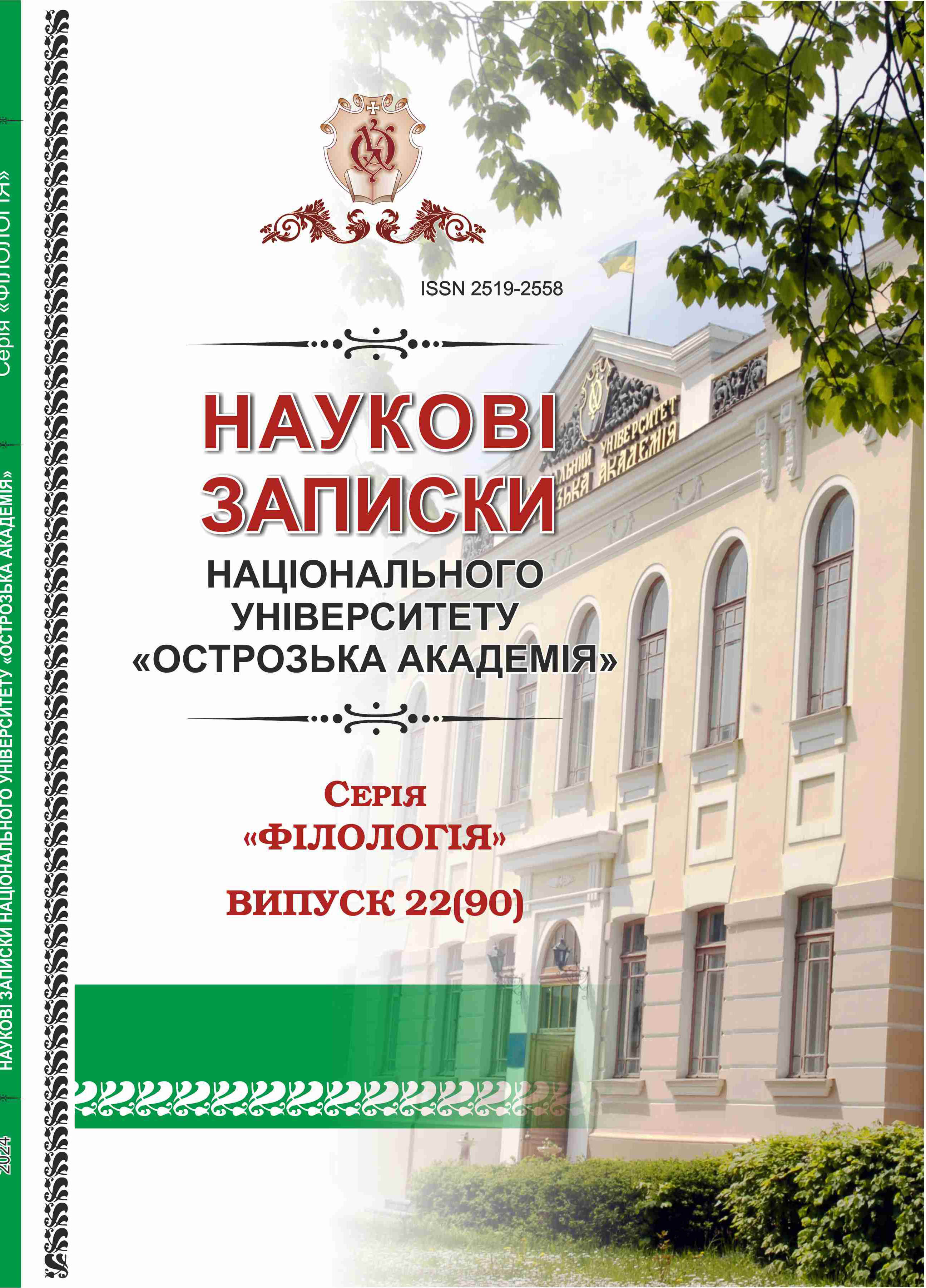CATEGORICAL DIMENSIONS OF ONYMIC SPACE
Keywords:
categorical dimensions, onymic space, linguistic worldview, onymic space, fundamental categories of being, social and mental categoriesAbstract
The article explores key aspects of understanding the categorical dimensions of the onymic space through establishing correspondence between the expression of the singular and existing categories. It is noted that since humans are the starting point of an anthropocentric view of the characteristics of the linguistic worldview, the onymic shace is a component of this linguistic realization, in which the experience of cognition and self-awareness in the surrounding environment is expressed through proper names. The author examines the three-dimensional structure of categorical dimensions of the onymic space, including fundamental categories of being, social, and mental categories. The process of verbalized knowledge organization, occurring through cognitive models, is identified by the author as universal for all levels of onymic encoding. Two approaches to categorization are considered – traditional and cognitive, taking into account both objective and subjective aspects of thinking in the analysis of the onymic field. Among the primary values, the motivational feature is highlighted, serving as semantic motivation in the early stages of object designation. It is emphasized that onymic nomination is secondary, and all classes of onyms have significant potential for encoding and recoding. The article demonstrates how socio-economic conditions, tragedies, and moments of greatest social tension influence the change in the onymic space. It is emphasized that observations of substantive and formal onymic categories and parameters indicate the presence of a certain categorical framework in the onymic worldview, which serves as the focal point for organized, ordered, and programmed communication in its pragmatic orientation.

